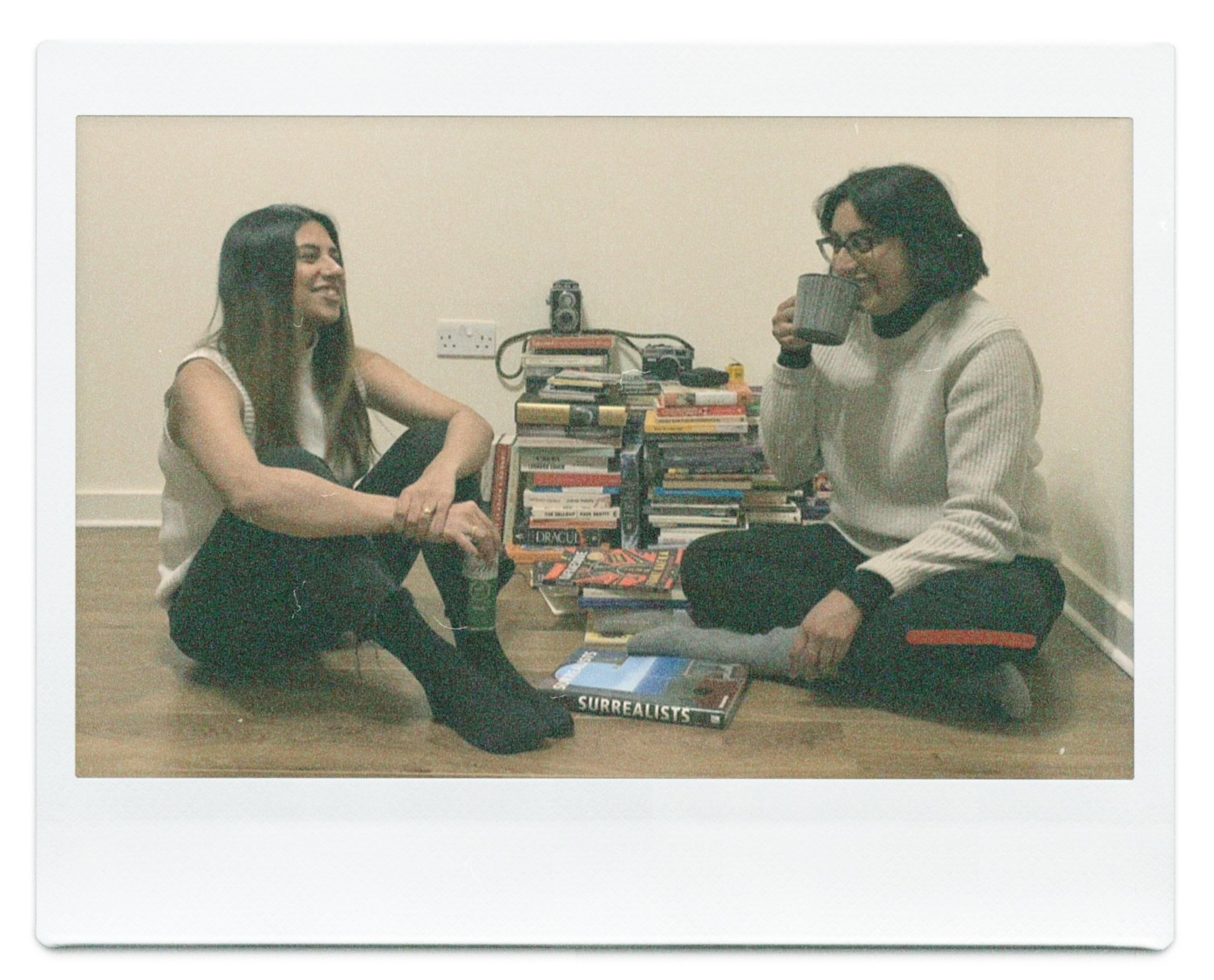04/08/23
How To Learn Things
on curiosity, building, failing, questioning, introspecting
Today I had a call with a mentee of mine. As he is working to build breadth in his skillset, he asked me, “How do you learn things?” This piece details the essence of my response to him.
Learning how to learn is important, but optimizing how you learn things is more important. How can you shorten your feedback loops?
1. Write
This is an obvious one – the reason why I’m doing 50 days of writing is to learn 50 things. Writing to learn and think is scientifically proven and effective. I have a long list of things I am curious about. But learning is more than just choosing a subject – it’s about asking a question. What question is on your mind? Try to answer that question in your writing.
2. Build
Some things you learn by doing. I wanted to learn how to do 3D modeling. The question in my mind was “How do I build digital experiences?”
Since I work in the field of computational pathology, I decided to make a 3D rendering of histology data (whole slide images). At this point, all I had was a question. I didn’t even know what software I could use, or which one would be the best for a beginner. The key here is to take it one question at a time to not get too overwhelmed. I read a bunch of blogs and chose Spline. This piece is the result of that simple question. It led me to learn about platform design models and spatial pathology!
On a larger scale, I did this by building companies with no formal business training. I failed lots, but – the greater the failure, the greater the learning.
3. Run life experiments
The scientific method is a tried and tested way to learn something new. This method works best to learn things that are (a) specific to you (b) there is no literature
Test things! Try out alternate ways of doing things! Think outside the box!
This works well especially for lifestyle-related things to learn more about yourself, your likes and dislikes, cultivating taste. I’ll “experiment” on myself, change X variable for Y amount of time, track how it’s going, document what I learned from this. This has helped me become a better human being in a variety of ways – from something that will allow me to be a better friend or partner, to “how many workouts a week is most optimal for me”
4. The “Why” regress
Sakichi Toyoda, the Japanese industrialist, inventor, and founder of Toyota Industries, developed the 5 Whys technique in the 1930s. It became popular in the 1970s, and Toyota still uses it to solve problems today.
Toyota has a "go and see" philosophy. This means that its decision making is based on an in-depth understanding of what's actually happening on the shop floor, rather than on what someone in a boardroom thinks might be happening.
Genchi Genbutsu (現地現物) literally translates "real location, real thing” (meaning "the situation onsite") and it is a key principle of the Toyota Production System. The principle is sometimes referred to as "go and see." It suggests that in order to truly understand a situation one needs to observe what is happening at the site where work actually takes place: the gemba (現場). One definition is that it is "collecting facts and data at the actual site of the work or problem."
The 5 Whys technique is true to this tradition, and it is most effective when the answers come from people who have hands-on experience of the process or problem in question.
The method is remarkably simple: when a problem occurs, you drill down to its root cause by asking "Why?" five times. Then, when a counter-measure becomes apparent, you follow it through to prevent the issue from recurring.
I’ve found this method to be highly effective for strategic business decisions and personal philosophical questions.
5. Conversation → emergence
Conversations are like bees that cross-pollinate your ideas in the field of knowledge, fertilizing them with diverse perspectives and insights that help your ideas grow and blossom.
Sometimes talking to a friend, or better yet, a stranger can reveal different approaches to your question.
Talking to my very smart friends makes up some of my best learning experiences.
This is Navneet Gidda, 4/16/21, 3:38am, Cambridge, UK
6. Read about something completely different
Pick up a book – doesn’t have to be related to your question in mind (that’s the obvious solution). Oftentimes, the best solutions, learnings, answers come from unexpected sources, patterns, parallels, and associations that you may not have considered before. Keeping an open mind and being receptive to different perspectives and ideas can lead to breakthroughs and discoveries that may have been missed otherwise. Some of the greatest insights and innovations in history have come from unexpected sources, whether it be a chance encounter, a serendipitous observation, or a novel combination of disparate ideas.
7. Introspection
While learning, it’s important to remain curious, explore outside your comfort zone, and embrace the unexpected in order to truly unlock the full potential of creativity and problem-solving. True learning involves introspection in order to internalize the knowledge and make it part of your understanding. This requires reflection and thoughtful consideration of the material. They call it critical thinking for a reason.
“Any fool can know. The point is to understand.”
— Albert Einstein
This piece is 8/50 of my 50 days of learning/writing. Subscribe to hear about new posts.
